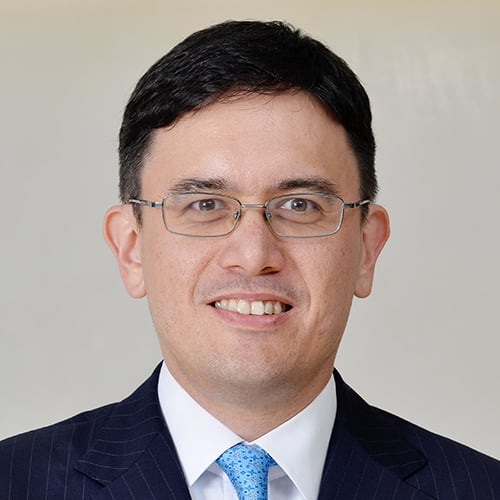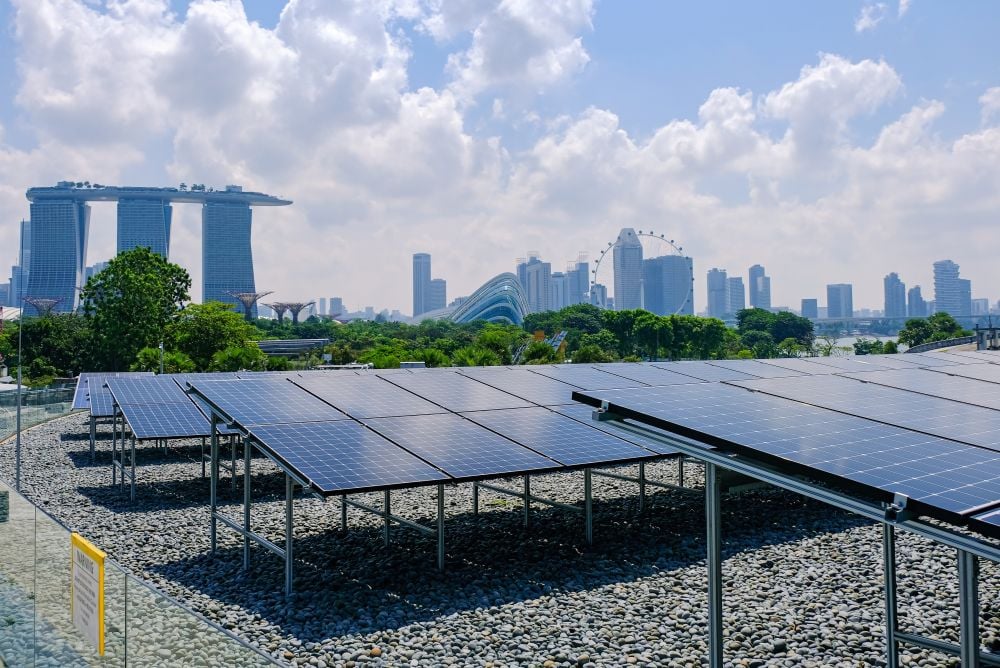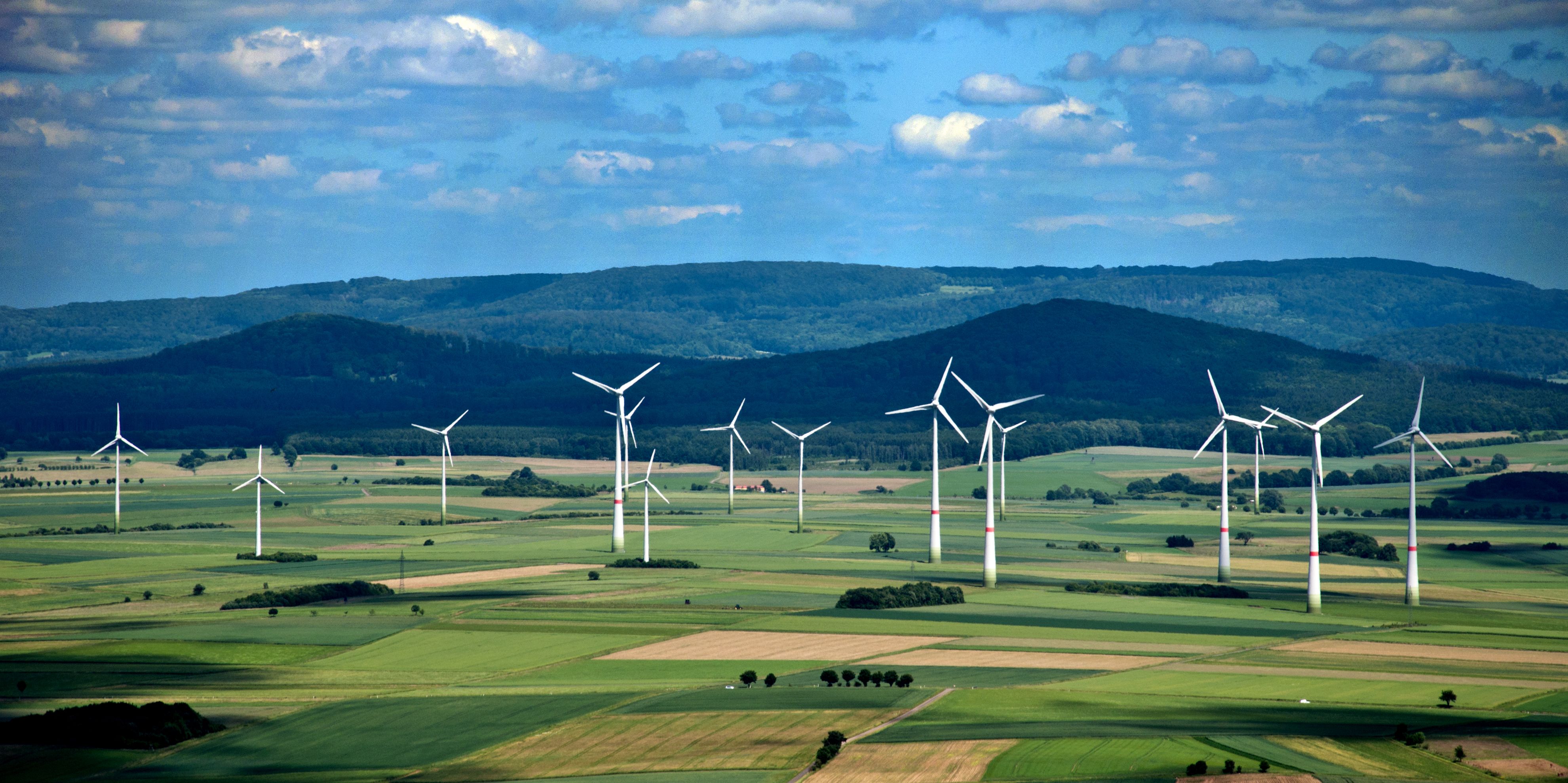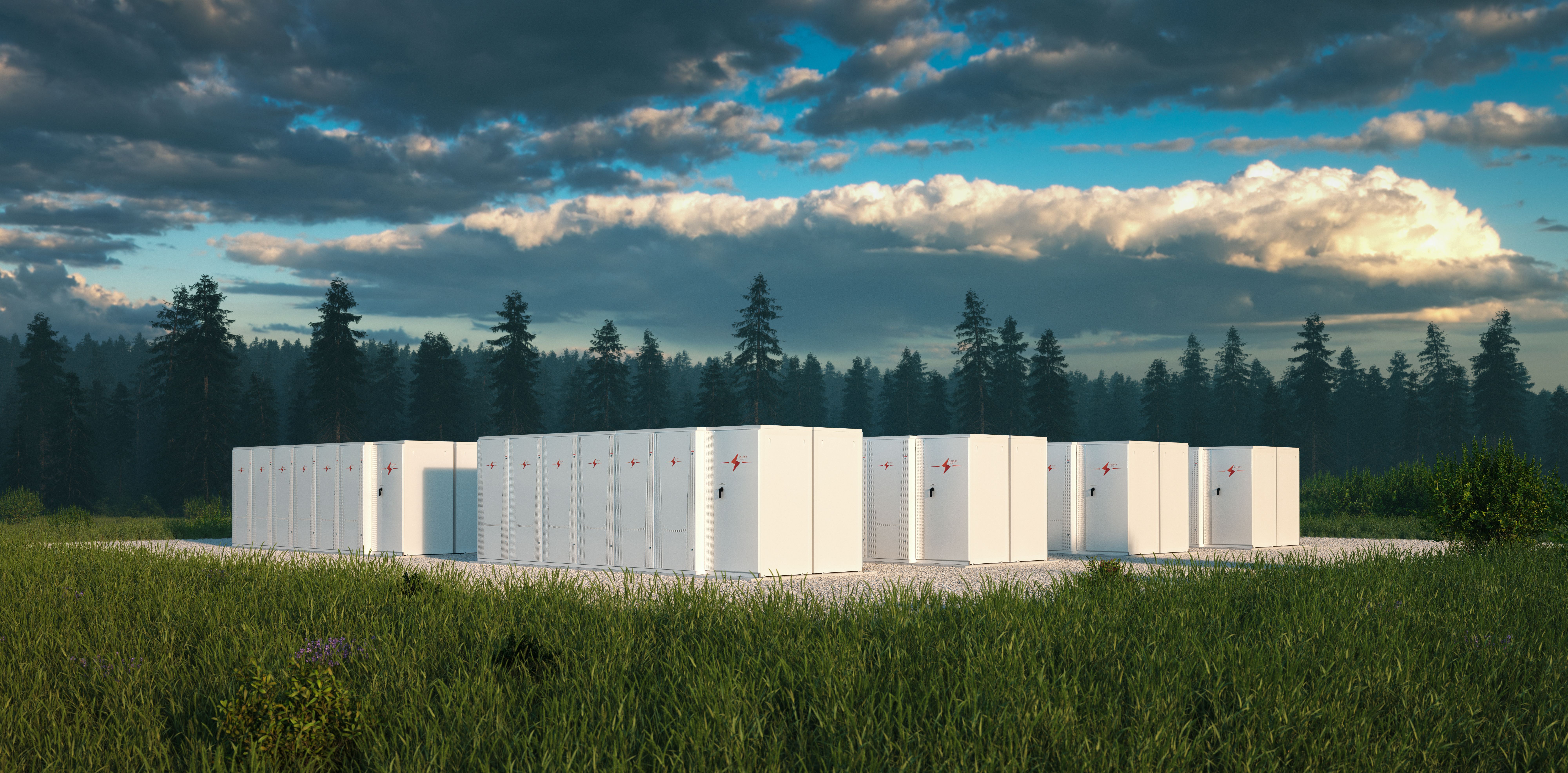NEW European Commission President Ursula von der Leyen has spoken about her desire to lead a geopolitical Commission, but the European Union continues to find it difficult to set out a coherent strategy, and the low level of engagement with Central Asia is a case in point.
While China has committed tens of billions of US dollars to road and rail infrastructure, energy and other projects in Kazakhstan, Kyrgyzstan, Tajikstan, Turkmenistan and Uzbekistan, the involvement of the EU remains at low levels.
Last October the Berlin Eurasian Club held a meeting in Brussels, where Peter Burian, the EU’s special representative for Central Asia, was asked about the comparative success of the Belt & Road Initiative versus European involvement.
“China is coming with an offer nobody can refuse, while the EU is coming with an offer nobody can understand,” was his joking response, though many analysts view it as a neat summary of reality.
One opportunity for the EU to address the issue comes as part of its next multiannual financial framework (MFF) for the 2021-2027 period. The MFF is currently being negotiated, but is facing the challenge of the departure of the UK, which leaves a hole in the budget.
In a recent paper written by Oyuna Baldakova, a visiting academic fellow at Berlin based Mercator Institute for China Studies (MERICS), she wrote that it is time for the EU to stop being vague and - like China - to get serious about Central Asian countries as “more than just a transit route for China-Europe freight trains”.
A study by the Norwegian Institute of International Affairs shows, for example, that in Kazakhstan there are around 55 joint Chinese-Kazakh projects totalling US$27.6 billion in investment in the metals, oil, gas, chemical, engineering, electricity and other sectors. Such projects are helping China to shift its industrial capacities abroad and develop new value chains across Central Asia.
And according to a recent report from Xinhua, 38 new Chinese companies were established in Uzbekistan in January, accounting for the largest number of new companies in the country.
Information published by the Uzbek State Statistic Committee said that the total number of Chinese companies operating in Uzbekistan has reached 1,690, second only to Russia in the number of foreign entities in the Central Asian country.
Chinese companies are involved in the areas of oil and gas exploration, pipeline transport, infrastructure building, telecommunications, textiles, chemicals, logistics and agriculture. China is one of Uzbekistan's largest trading partners. In 2018, China-Uzbekistan trade surged 48.4% year-on-year, reaching US$6.26 billion.
The statistics show that enterprises operating with foreign capital in Uzbekistan are mostly from Russia, China, Turkey, South Korea and Kazakhstan.
Baldakova notes that in mid-2019 the European Commission adopted its second Central Asian strategy, under the title “The European Union and Central Asia, New Opportunities for a Stronger Partnership.”
The EU Council noted at the time that it is adapting its approach to the changing environment since adoption of the first EU strategy for Central Asia in 2007.
The new strategy focuses on promoting resilience, prosperity, and regional cooperation. The Council underlined its commitment to conclude and implement ambitious and mutually beneficial Enhanced Partnership and Cooperation Agreements (EPCAs) with the interested countries of the region. These agreements remain a cornerstone of the EU's engagement with Central Asia.
The Council reiterated that the scope of the EU’s relations is linked to the readiness of individual Central Asian countries to undertake reforms and strengthen democracy, human rights, the rule of law and the independence of the judiciary, as well as to modernize and diversify the economy, including by supporting the private sector, in particular small and medium-sized enterprises, in a free market economy.
According to Baldakova, the EU should study the Chinse approach in investing in manufacturing and other value-adding sectors. Central Asian countries are very keen on such projects as they offer the chance to move on from the economic dependence on resource extraction and low value-added commodity exports - what the countries were left with after the demise of Soviet-era supply chains.
By using public funds to attract additional private financing, the EU could mobilize blended finance projects to invest in productive industries to create more value added for Central Asian economies – and even include them in European value chains.









